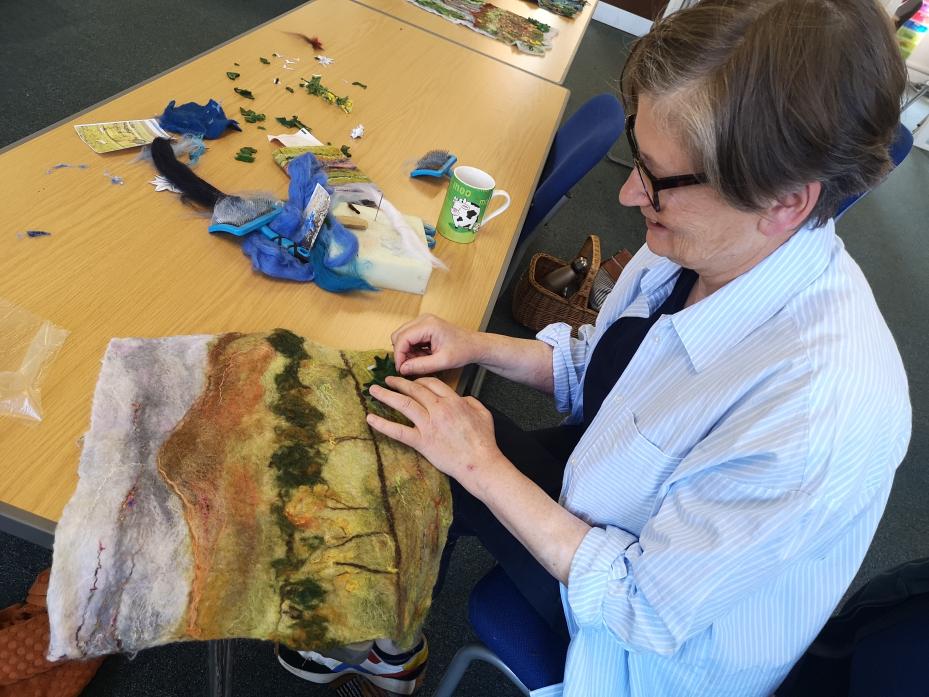
Many people have Garden Lady’s-mantle (Alchemilla mollis) in their garden. It’s a low growing perennial, needs little attention and has vibrant apple-green flowers with attractive kidney, or mantle, shaped leaves.
It is not native to the UK, having been introduced in 1874, and if allowed to spread beyond your garden it can cause problems by forcing out native plant species.
Garden Lady’s-mantle is what most people picture when they think of Alchemilla or Lady’s-mantles. Areas of Yorkshire have been photographed with undergrowths dense with the invasive plant.
Alchemilla does spread by seed, but not far. Most problems come from the root or rhizomes, growing underground.
These enable the plant to sprout from the base and, once established, there’s no holding them back. So keep them in your garden and don’t dump them.
Upper Teesdale and Weardale are areas of Britain with the greatest number of native Alchemilla species, including Large-toothed Lady’s-mantle and Velvet Lady’s-mantle which are at risk from Garden Lady’s-mantle taking over.
Dr Margaret Bradshaw of Teesdale Special Flora Trust, is a national expert on Lady’s-mantle and she launched a ‘citizen science project’ to report sightings of the plant.
To help raise awareness of the threat, volunteers in upper Teesdale created a large triptych, including felt and clay impressions of Alchemilla mollis and other the rare plants of the dale.
More information is at Teesdalespecialflora.uk.





